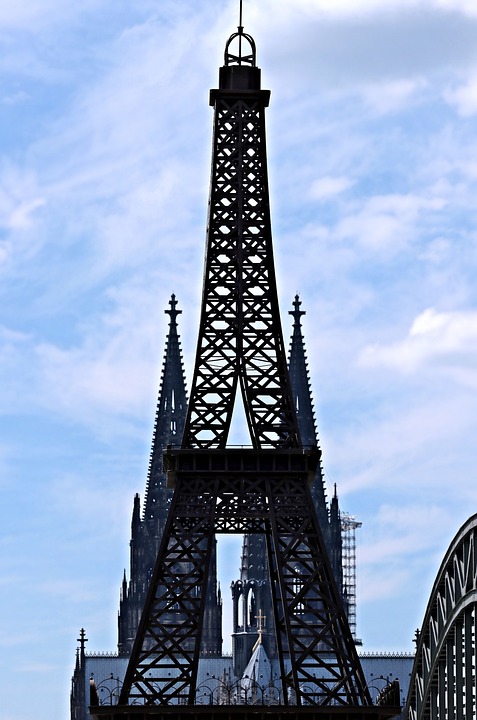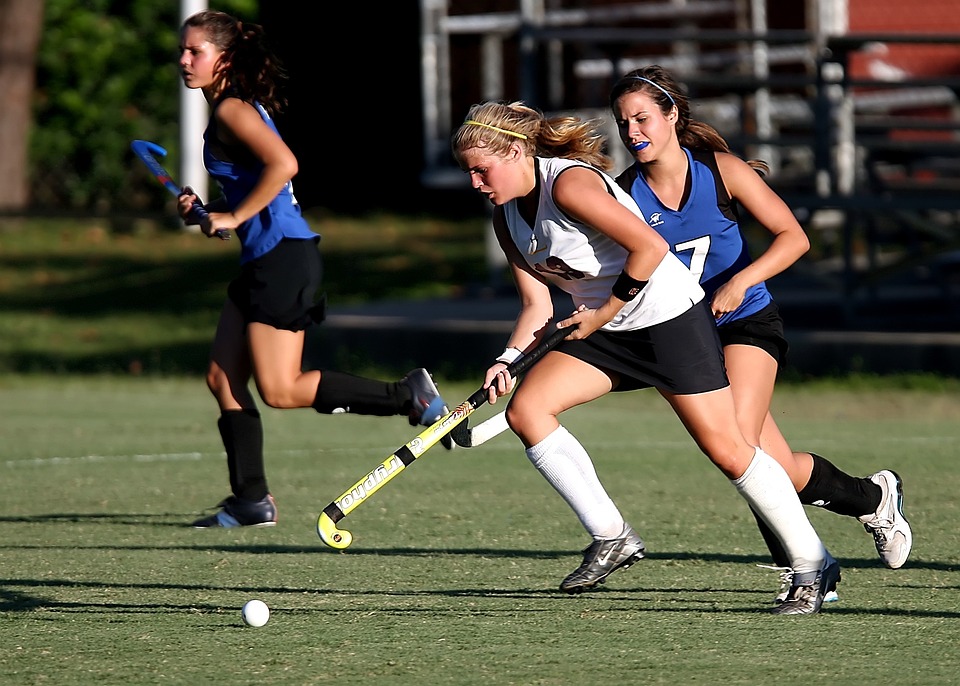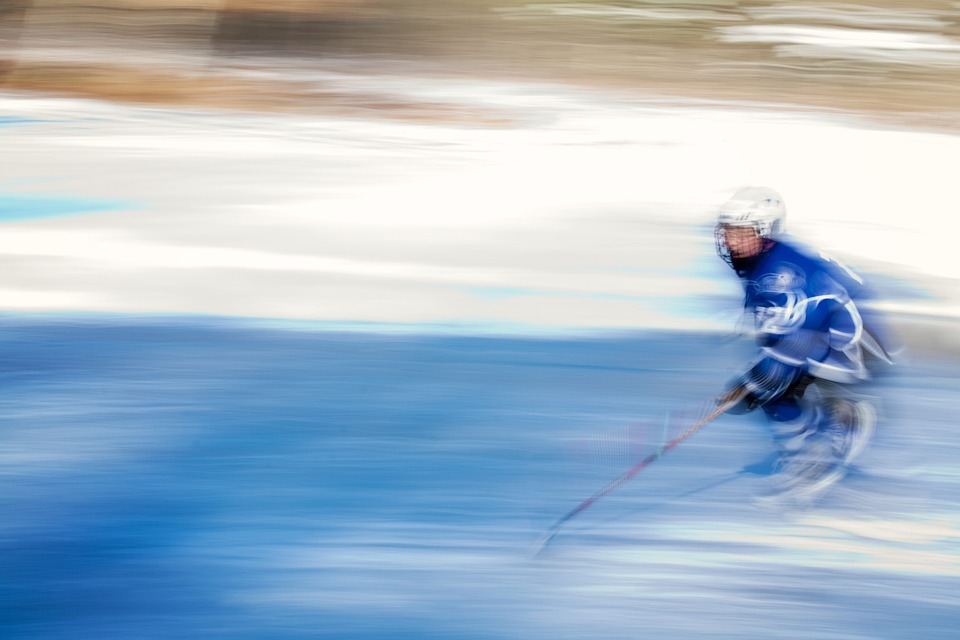The air hockey table game you know and love today was invented in 1969 by a group of Brunswick Billiards engineers. It was initially drafted for commercial release, but was shelved. After many years of initial concept development, engineers designed the first air hockey game, including hammers and pucks.
The game was originally played on a table, using a disc and a square mallet. The game is now played with a round mallet. The table is supposed to be a table that provides a smooth surface that does not generate any friction. In general, the surface of the toy is dotted with hundreds of tiny holes, through which a steady supply of pleasant air is pumped. The disc then slides onto a cushion of air just above the table top. Some of the surfaces are just smooth surfaces without holes, and the air is generated from a battery powered air hockey puck which generates its own cushion of air. Please note that this is not regulated or approved for use in any United States Air Hockey Association sanctioned events, games or tournaments.
Air hockey rose in popularity in the 1970s, as an arcade game sensation, a college dorm room staple, and as an amateur sport with tournament play. League play began in the early 1980s in Houston, Texas with the formation of the first professional league, the Houston Air Hockey Association. After the creation of the Houston group, the Statewide Texas Air Hockey Players Association formed and developed official rules and regulations for the game, further qualifying it as a sport. USAA approved tables will only be suitable for two-player games, although there are four-player game tables for beginner use and for recreational use.
The rules for the current day of the sport are set by the USAA, and include the following rules:
1) At the start of the game, a coin toss or face-up determines which player will start the game with the first possession of the disc in play.
2) The first player to score seven points wins the game.
3) Once the puck has crossed into a player’s area on the table by crossing the center line, that player has up to 7 seconds to return the puck to the opposing player’s area, otherwise he commits a foul.
4) Other fouls include catching the puck with someone’s mallet, touching the puck with any part of the player’s body or leaving the table entirely.
Competitive play and tournaments are still played internationally today, with professional tournaments being played throughout Europe and the United States. The USAA is the only known governing body for the sport, in any country or continent, and as such, USAA rules apply to any tournaments played around the world. Despite this level of success, air hockey is still considered a recreational, non-sports game among most players, who identify with arcades and bar games. It is still seen in many entertainment venues and arcades, but it is often overshadowed by the presence of video game systems.



0 Comments